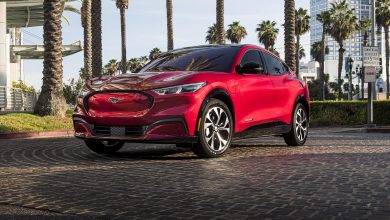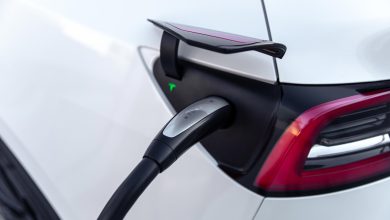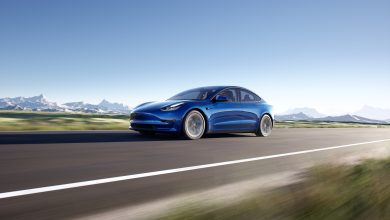Toyota Makes Adjustments To EV Strategy, Unveils Cars Of The Future
EV NewsThe company is working towards becoming carbon neutral by 2040

Toyota is overhauling its electric vehicle strategy as it races towards slimming the price and performance gap between its EVs and those of BYD and Tesla. Part of this adjustment includes changing key suppliers by early 2023 as reported by Reuters.
The Japanese automaker giant is expected to unveil the details of the planned changes to its EV strategy through the beginning of 2023 as well as relay the changes to key suppliers. Reuters claims the information was obtained from two insiders who understood the process on the condition of anonymity considering the confidentiality of the information.
Over the last few years, Toyota has been exploring ways of making EVs it will make this decade more competitive. They have partially done this by fast-tracking the adoption of performance-enhancing technologies for future EVs.
According to Reuters’ sources, some of the new innovations that will feature in Toyota’s upcoming EVs include electric drive systems with motors, electronics that convert power from the grid to stored battery energy, and more integrated cooling and heating systems. This transition may cause delays to the already planned 3-year EV development programs.
The changes will majorly apply to the successors of the Lexus RZ and bZ4X. By February 2023, Toyota will assemble a major powwow of suppliers, the first of such global supplier assemblies since the coronavirus pandemic.
Key points from Toyota’s Kenshiki summit
The recent Toyota Kenshiki summit came with some interesting reveals including the new plug-in hybrid electric concepts and battery electric vehicles (BEVs) that will power its desires—as well as that of Lexus. One thing is clear, not every car will be part of the company’s future.
Toyota anticipates that the BEVs will sell well in the future as the company works towards becoming carbon neutral by 2040. Toyota’s bZ compact SUV electric vehicle concept is one of the six cars that will be developed on the e-TNGA platform for the European market by 2026. The bZ will compete in the C-segment in Europe which is the biggest selling segment.
Among the cars that premiered at the Kenshiki summit was the new C-HR Prologue. Another car that was on display was the new plug-in hybrid Prius. The two key areas the company wants to channel its focus is from being a manufacturer and sales company to becoming a mobility services provider and how to make profits as they transition to carbon neutrality.
Toyota’s Woven Planet’s vision highlights how the company will handle the mobility of people, goods, and information going forward. Other features of the Woven Planet include;
- Novel mobility technology will be at the center of products and services
- Every development will start with the building of the software architecture before the hardware
- Automated Driving and Advanced Safety (ADAS) will be frequently updated as a result of the evolving development of a wide range of safety and automated driving features
- Fast-track the delivery and scaling of the future of mobility
The Prius is expected to go on sale in 2023 and will be available as a plug-in option, but there will be no conventional hybrid option. On the other hand, the C-HR Prologue is expected to be available by 2024 and will be available in both plug-in and hybrid options.
The new Prius has a 50mm longer wheelbase but is also 50mm lower. Therefore, although it is 22mm wider, it is also 46mm shorter. It will also use a combination of a two-liter petrol engine and a powerful electric motor to generate a total of 223hp.
Toyota unveils prototype of an electric car with simulated manual transmission
Toyota showcased a unique version of the Lexus UX 300e crossover that features a simulated manual transmission last week to European journalists. All the EVs currently available in the market come with automatic transmissions.
In cars with manual transmissions, the driver decides when to transition between gears using a clutch to engage and disengage the power transmission from the driving and driven shaft. However, in an ICE, an automatic transmission system takes care of the clutch and shifting between gears using different mechanisms like DCT, CVT, or AMT systems.
Internal combustion engines (ICE) make use of multiple gears with diverse ratios to create varying power outputs. EV motors, on the other hand, produce steady torque at any rotation speed with a stipulated range which invalidates the need for gears.
The solution Toyota created for the EV transmission system simulates the feel of gear shifting and clutch using engine revving sounds and software. However, there is no mechanical change to the car. It is estimated that there are only 2% of cars with manual transmissions in the United States at the moment.
Although the market share of cars with manual transmissions is expected to shrink further in the coming years, there are those that have become attached to manual transmissions and are unwilling to let go. With the transition to EV, Toyota wants to make sure that people in this category are not left behind.




